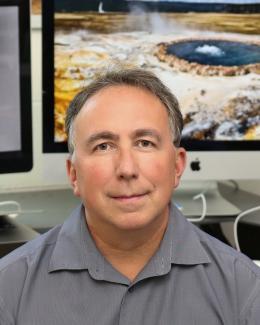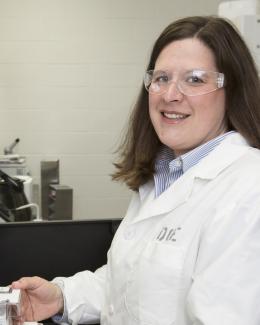Abstract
Hydrothermal systems form at divergent and convergent boundaries of lithospheric plates and within plates due to weakened crust and mantle plumes, playing host to diverse microbial ecosystems. Little is known of how differences in tectonic setting influence the geochemical and microbial compositions of these hydrothermal ecosystems. Here, coordinated geochemical and microbial community analyses were conducted on 87 high-temperature (>65°C) water and sediment samples from hot springs in Yellowstone National Park, Wyoming, USA (n = 41; mantle plume setting), Iceland (n = 41, divergent boundary), and Japan (n = 5; convergent boundary). Region-specific variation in geochemistry and sediment-associated 16S rRNA gene amplicon sequence variant (ASV) composition was observed, with 16S rRNA gene assemblages being nearly completely distinguished by region and pH being the most explanatory parameter within regions. Several low abundance ASVs exhibited cosmopolitan distributions across regions, while most high-abundance ASVs were only identified in specific regions. The presence of some cosmopolitan ASVs across regions argues against dispersal limitation primarily shaping the distribution of taxa among regions. Rather, the results point to local tectonic and geologic characteristics shaping the geochemistry of continental hydrothermal systems that then select for distinct microbial assemblages. These results provide new insights into the co-evolution of hydrothermal systems and their microbial communities.




